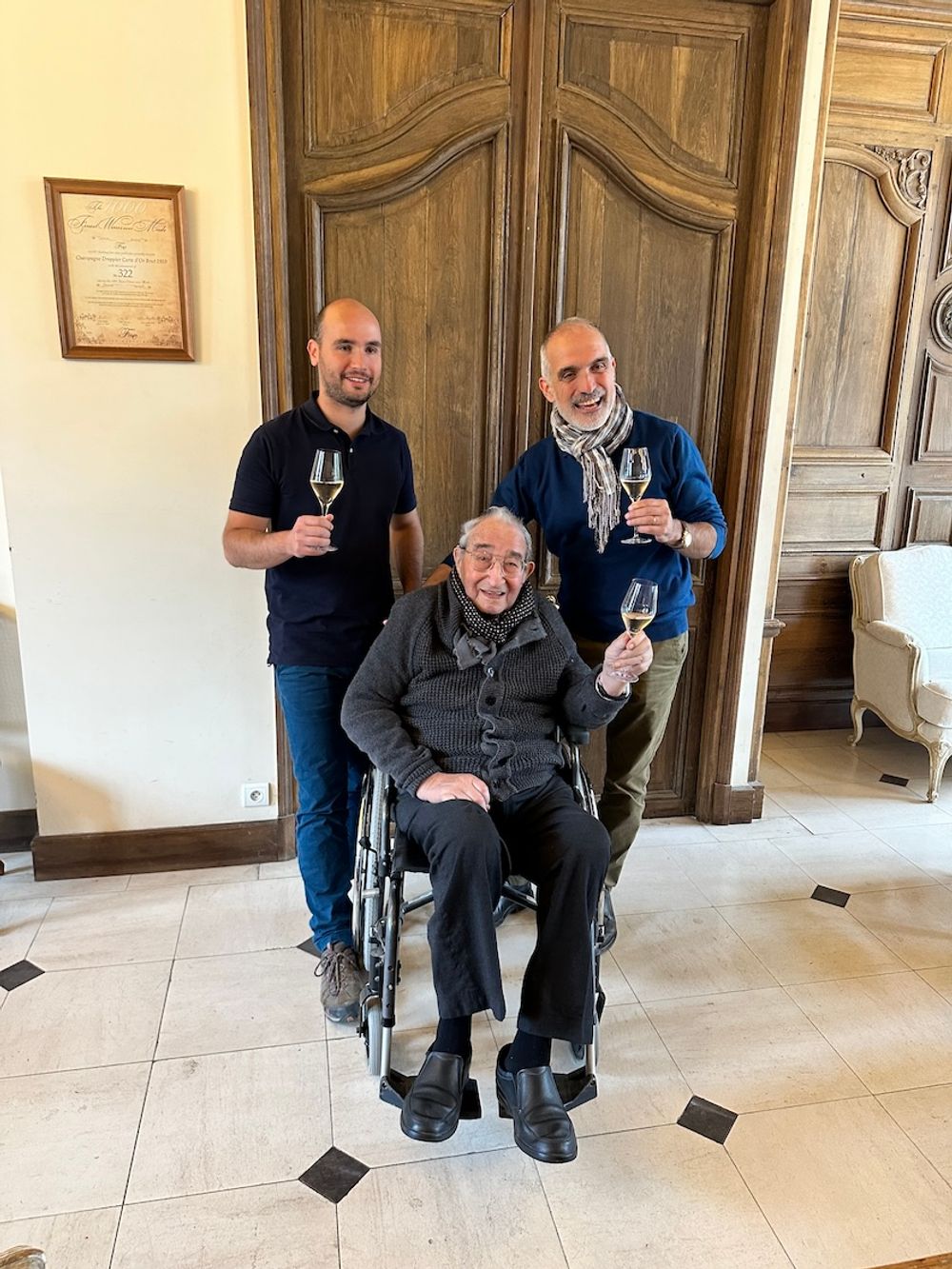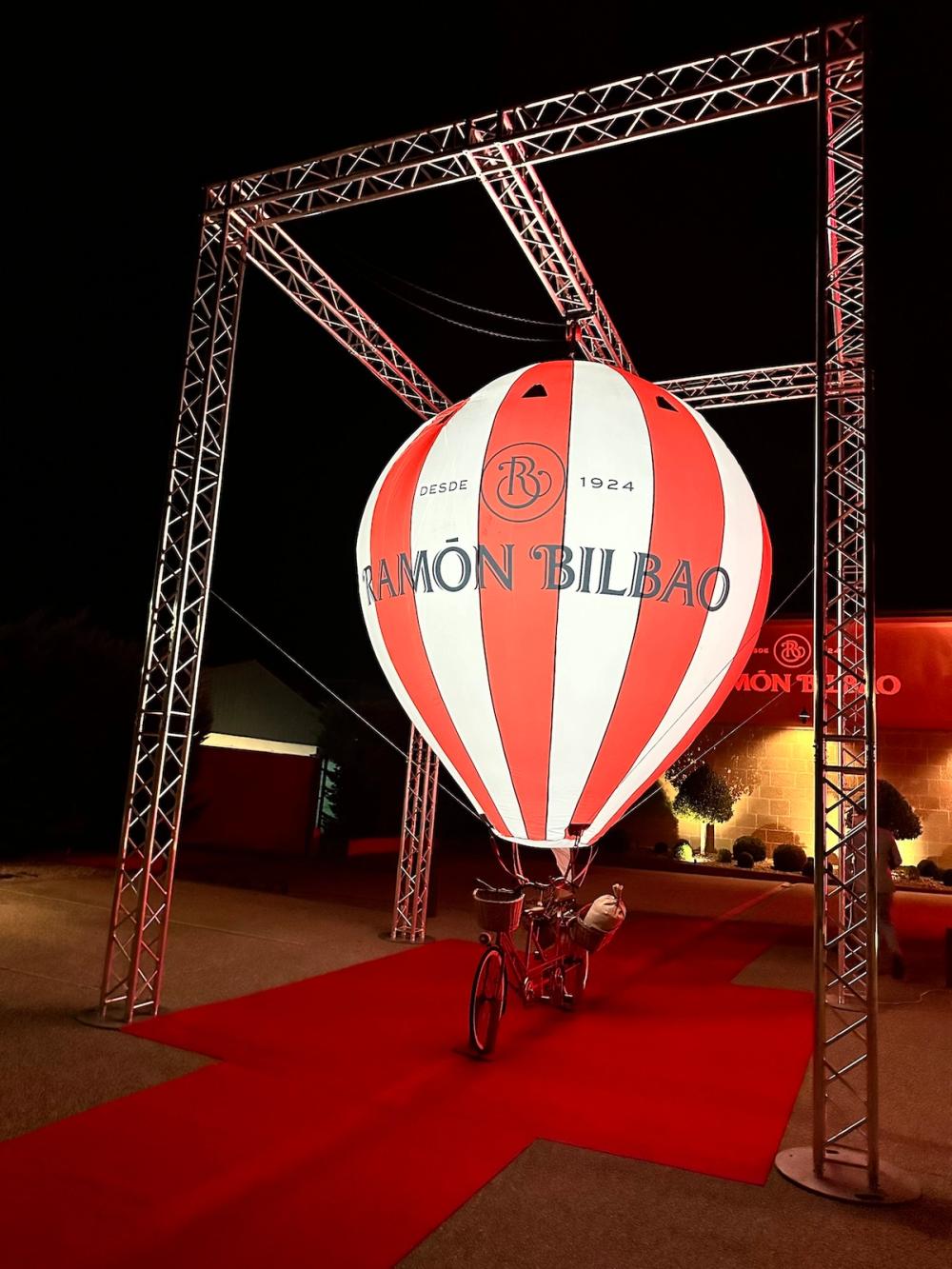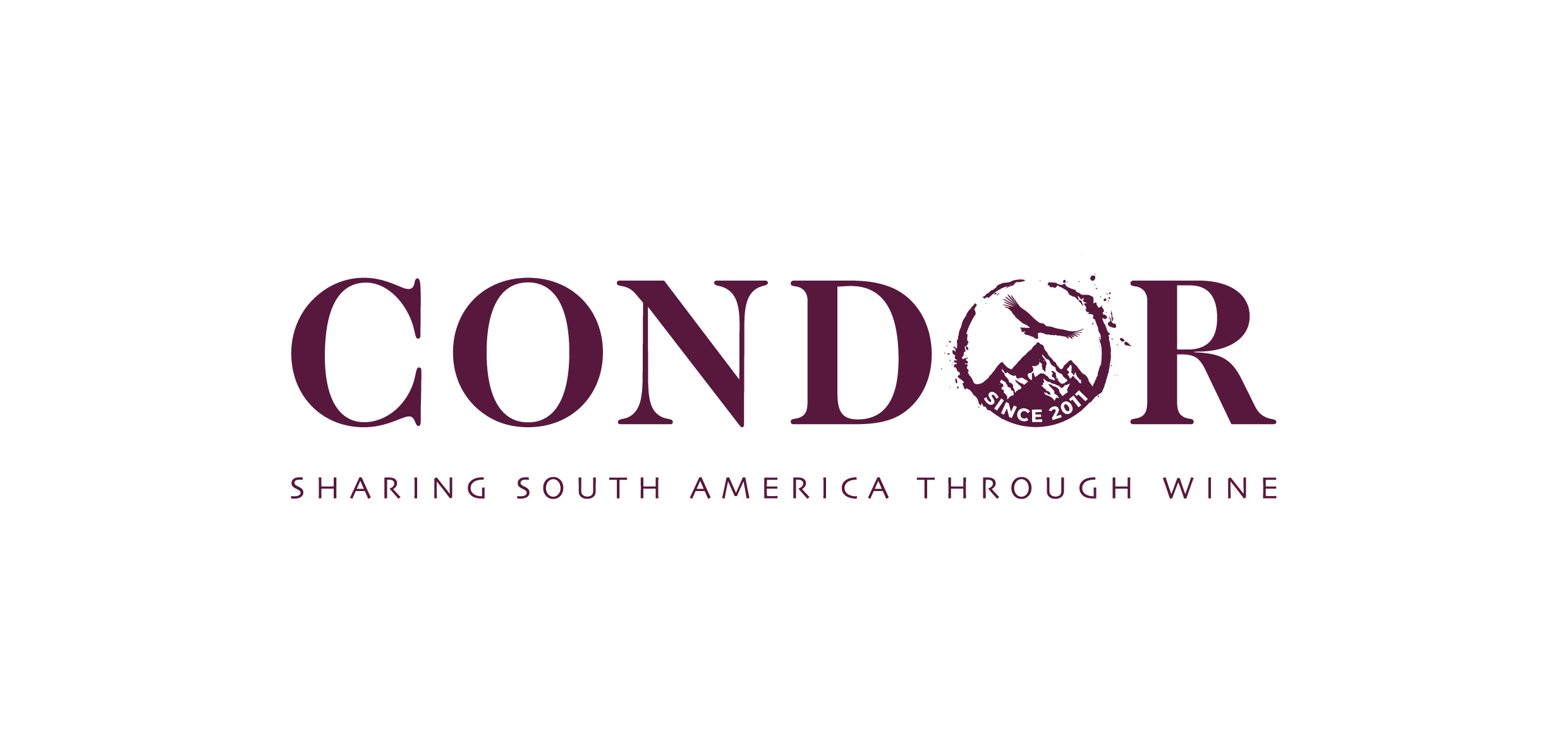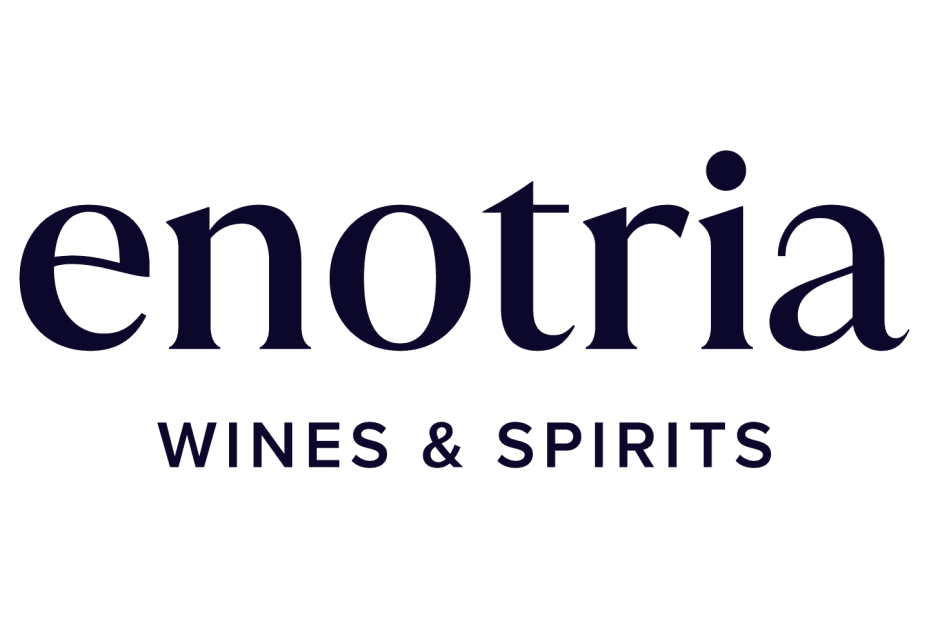As 2024 bows out, there’s plenty to worry about, from a vengeful returning US President, to a UK economy that seems stuck on pause, not to mention a government in a tax shake-up that’s going to thwack up the price of almost everything to which I devote my own syntax. This review of top tipples should therefore provide some cathartic release, to me at least, a reminder that those of us fortunate enough to (just about) make a living from communicating on our favourite subject lead privileged lives. Such writing can appear immodest, but fortunately what follows is merely a measured account of a year of hard graft in the service of wine lovers. So here goes with the wines that have left an indelible imprint on my taste buds this past year as I have travelled and tasted.
2024 ended with a debut for me: Arlberg Weinberg, a fantastic fusion of agenda-setting debate, Alpine gastronomy and the best of Austrian wine, with some challenging early season skiing thrown in for good measure. The small mountain town of Lech plays host, with its brand new Lechwelten convention centre providing the base for the discussion and most of the tasting. Lech’s dozen or so top hotels open up for the occasion, marking the start of the winter, hosting dinners to showcase impressive cuisine.
At one such event, the opportunity to taste back vintages of Styrian wines, my highlight, from an impressive selection: a 2001 Ried Welles Sauvignon Blanc from Weingut Lackner-Tinnacher, in double magnum, introduced by owner/winemaker Katharina Tinnacher, who took over from her father a decade ago. The wine, still exhibiting freshness, after 23 years, offered a beautiful combination of generous, yet precise, pithy citrus and tropical fruit that also felt consistent with the signature, somewhat restrained, style of the estate’s recent vintages (tasted at separate events), underlining the indelible consistency that comes from wineries passed down over the generations, something of an Austrian specialty, of course, with its high proportion of family-owned wineries.
Which brings us to a wine dynasty, on the other side of the world: A two week tour of New Zealand for my podcast, The Drinking Hour, led me to Auckland’s ever-encroaching outer suburbs, home of the country’s superlative producer of Chardonnay, Kumeu River. Winemaker Michael Brajkovich MW was away, deciding whether to commence harvest at the family’s Ray’s Road’s vineyard in Hawke’s Bay, so brother Paul, marketing director, guided me through an unforgettable vertical tasting.
Of the dazzling dozen wines that we tasted, Kumeu River Mate’s Vineyard Chardonnay 2013 was narrowly my favourite.The vines, Mendoza clone, were planted by patriarch, Maté Brajkovich, a Croatian emigré, in 1990, but he sadly died before the first grapes were harvested. Unfortunately there’s now leaf roll virus, which adds intensity (due to the low yields) and also a sense of poignancy to the wine, which is ageing with great grace. Plush and complete, enhanced by nuances of white truffle on the nose, candied orange rind, nectarine and rocha pear, it was serenely structured with a gentle but persistent lime acidity, rounded by a long, faintly ethereal finish.

Michel Drappier knows all about keeping the wheels of a family winery turning. It was in 1808 that the Drappier family made Urville their home and more than 200 years later, they are still going strong: four generations are currently represented, with Michel’s father, André, turning 98 this past year. An organic pioneer, the first carbon neutral Champagne house, with horses to plough the vineyards, to me Drappier’s greatest triumph is to make absolutely brilliant brut nature, a style that excites me but is all too often rather austere. I visited the winery in September, tasting most of the range of 25 different cuvées and I was struck by the extent of the innovation at play.
Drappier Brut Nature Zéro Dosage Sans Souffre NV has neither dosage nor added sulphur, allowing the Pinot Noir to express a profound purity and a faintly pinkish colour.There’s a vibrant fresh nose of russet apple, pithy lemon and hazelnuts, while the maturity of the fruit and some patient ageing affords the palate a deliciously dry, mineral-charged vibrancy.

2024 has been a big year for Ramón Bilbao, as it marked its centenary. I was fortunate enough to be invited to its Haro HQ for a hundredth party for which no expense had been spared, centred on a delicious dinner from Michelin-starred restaurant Venta Moncalvillo. It was also a family affair, hosted by the Zamora company who have owned the winery for the last quarter of a century.They are rightly proud of all that’s been achieved in that time, under the guidance of chief winemaker, Rodolfo Bastida, who was recruited at the same time.
The newer wines are the quintessence of modern Rioja, exhibiting freshness and vibrancy, thanks in part to a spirit of exploration, with altitude wines from the extremities of the region such a Limité Sur and Limité Norte complementing the more classically styled top wine, Mirto. On the big night, the wine that stole the show for me was actually a Garnacha. Ramón Bilbao Garnacha Hormigón 2015, a special release for the centenary, aged for almost a decade, bright, berry-fruited, with floral nuances, a savoury delicacy and smooth, silky tannins, the structure unfurling gracefully, making a perfect marriage with slow-roasted ox tail in a red wine sauce. At a time when Rioja faces all sorts of uncertainty, Ramón Bilbao leads by example.

Back home, I was very fortunate to be on the guest list for another family celebration at Hélène Darroze at the Connaught, marking Harlan Estate’s 40th anniversary. Our host, a relatively youthful Will Harlan, was there to tell us about taking over the reigns from his father Bill. Aside from the wines, there are so many things that set Harlan apart, including the way the vineyards are split so that individual team members take responsibility for sub-plots of one hectare or less to give them a sense of ownership. As Will Harlan put it: “for most businesses a 40 year anniversary would be seen as vindication that you’re doing pretty well (but) in wine, it means you’re just getting started.”
The night began with one of my favourite Champagnes, Krug Grand Cuvée, from magnum, followed by Domaine Leflaive Puligny-Montrachet 1er Cru Clavoillon 2019 (Harlan obviously don’t make sparklers or white wines, so they serve those they enjoy), but the highlight for me of an astonishing vintage vertical dating back to 1992 was Harlan Estate Napa Valley 2016, from a vintage described as “harmonious from the start,” offering an enticing and expressive nose of blackberry, blueberry, dried herbs, graphite, cigar box and goodness knows what else, the poised palate boasting beautiful structure, fine tannins and powerful, yet somehow delicate, layers of black fruit and mineral complexity.This was class in a glass.
Heading back to the Southern Hemisphere, this year I achieved a personal goal, visiting Western Australia’s Margaret River region for the IWSC, as part of its programme of global judging, judging wines in situ whilst getting to know a country or major region. The region is scarcely older than me, yet it has established itself as one of the global greats, building a loyal following with collectors the world over, primarily, though not exclusively, for the quality of its Cabernet Sauvignon and Chardonnay.
Among the 12 gold medals, Fraser Gallop Estate Parterre Chardonnay 2022 earned a whopping 96 points (a huge achievement in a competition as tough as the IWSC).We judge blind so have to wait, impatiently, for the results, and this was one of those wines I was desperate to see revealed. It might best be described as ‘all things bright and beautiful’, with Margaret River’s signature combination of freshness, generosity and complexity, the plump stone fruit character supported by a thrilling zingy grapefruit acidity, a textural note of raw macademia and a gentle whiff of gunpowder.

More recently, IWSC global judging took me to Georgia, for the second year running, at a testing time for the country’s fragile democracy, after elections that Russia stands accused of rigging.Though Tbilisi’s noisy night time protests kept us awake, we cheered on the protesters, mindful that a peaceful night’s sleep rather pales when compared to the peaceful future of a country threatened by its callous, covetous neighbour.
Having awarded more than 250 medals, including 22 golds, our awards celebration had to be cancelled, for obvious reasons (none of us much fancied parading the febrile streets in black tie), but our Georgian hosts continued to offer the warm hospitality for which they are rightly famed. It’s always exciting to discover a new grape and Georgia, with more than 500 indigenous varieties, offers plenty of scope for that.
At dinner in Bolnisi, a micro-zone in the far south of Kartli, our band of travelling judges enjoyed a scintillating red made from Asuretuli Shala, a rare red variety. Alas, my blurry photograph and slightly hazy tasting note for Bolnisi Old Cellar Asuretuli Shala 2022 bears testimony to a night of post-judging revelry, but I still vividly recall a delicious, energising wine with crunchy red fruit, wild, foraged berries, vivid minerality and a lingering, peppery, Northern Rhône-esque character. It was just one of ‘those’ wine discoveries. Which is what life is all about right?
So, as another year ends, let’s raise a glass to Georgia, with its warm and wonderful people, and hope 2025 brings them peace and prosperity.Happy New Year!
































